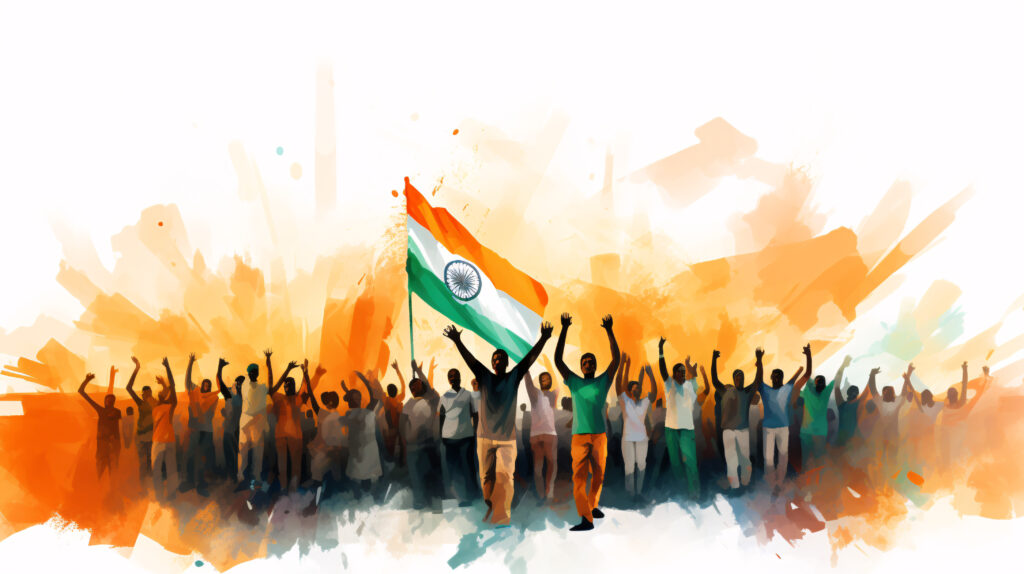India, home to over 1.4 billion people and the world’s fastest-growing major economy, can’t afford being in a continuous election cycle. Year after year, several states go to the polls, derailing governance, resources, and political attention. It is now time for an overdue change and this is with ‘One Nation, One Election’, an idea whose time has come.
Revival of an Established Model
Simultaneous elections are nothing new to India. India did manage to successfully hold elections to the Lok Sabha and state assemblies together from 1951-52 to 1967. It was only in 1968-69 that the cycle was disrupted, as certain assemblies were prematurely dissolved. Reintroducing this system is not a radical overhaul but a restoration of an efficient electoral model that once worked seamlessly.
Economic and Governance Gains
The most significant reason to implement ‘One Nation, One Election’ is the huge savings in election expenditure. Elections are a costly affair as it involves thousands of crores in logistical expenses, security deployment, and manpower. Holding elections once in five years instead of multiple times in a year will save these funds for infrastructure, healthcare, and education, which are in dire need of attention.
Governance is another major casualty of frequent elections. Every time a state or the center goes to the polls, the Model Code of Conduct (MCC) kicks in, stalling critical government initiatives and policy decisions. When elections are held every few months, governments find themselves trapped in an endless loop of campaigning rather than focusing on long-term planning and development. Simultaneous elections bring an end to this cycle of policy paralysis to usher in undisturbed governance and growth on a sustained curve.
Strengthening Federalism, Not Weakening Democracy
Critics argue that it threatens India’s federal structure because of ‘One Nation, One Election’. Well, history narrates a very different story altogether. Odisha, Andhra Pradesh, Arunachal Pradesh and Sikkim voters have repeatedly shown their preference to vote different parties at one level and vote for a national party at a different level of election. Maharashtra, Haryana, and Jharkhand have also experienced several simultaneous elections without any threat to federalism. The idea that this reform will diminish regional autonomy is, at best, a misplaced concern.
In addition, the proposed constitutional changes do not abridge any right of the states but streamline the governance system. Articles 83 and 172 of the Constitution already contain enough flexibility in making adjustments in the tenure of assemblies so that this transition could be made without any violation of the democratic principles under the Constitution.
Voter Fatigue to Come to an End and Voting Increased
Frequent elections exhaust the electorate. Urban apathy towards voting is a growing concern, and constant polling cycles do little to address it. With ‘One Nation, One Election,’ citizens will engage in a well-structured and decisive voting process, ensuring greater participation and a more enthusiastic democratic exercise.
Another is to have one electoral roll. That would mean one voter database eliminating redundancy and error. It is going to be more efficient with the Election Commission and, for sure, an electoral process is going to be more transparent.
A Vision for the Future
The government’s move to send the bill to a Joint Parliamentary Committee (JPC) is its effort to hold open deliberations and inclusive decision-making. As the next Lok Sabha elections are due in 2029, there is time to build consensus and address all the concerns. Opposition parties need to view this as a structural reform that would benefit the country rather than as a political gimmick.
The situation is at the crossroads of India. While our global rankings are rising and our economy stands on the brink of unprecedented growth, it all needs to be sustained with stability in politics and continuity in policy. ‘One Nation, One Election’ is not about ease; it’s about letting loose the real India by letting the governance be at par with constant politicking.
Early days in this journey, but perhaps, as they say, it is an idea whose time has come.
About the Author
Mr. Bajaj holds the position of Group Director for CAD at the Aditya Birla Group and serves as a Board Member at Living Media, affiliated with the India Today Group. He brings a wealth of leadership experience, having formerly been the Director at Essar Group. Mr. Bajaj is recognized for his strategic insights and a strong commitment to innovation.

